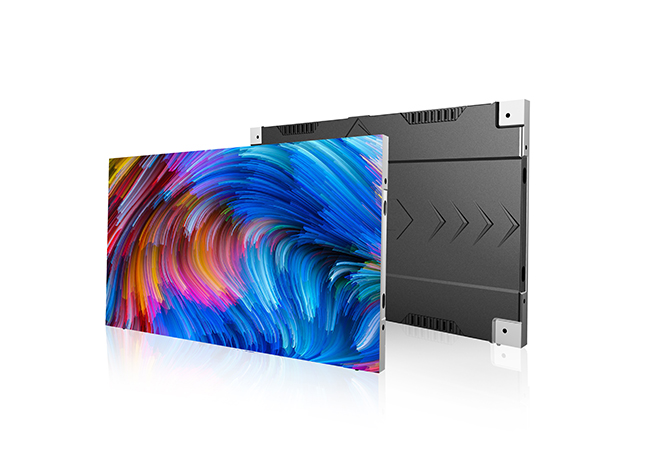Publisher: Supplier of LED Display Time: 2020-09-18 Views: 5557

First. The difference between static LED display and scanning:
1. When the LED display screen displays text, images and videos, if the lights on the LED display screen are lit at the same time, it means that the display screen is a static screen. If the lights on the LED display screen are like scanning, it uses the characteristics of human vision persistence to light up each line of the LED display screen separately in a short period of time, then the screen is a scanning screen.
2. Since the LED display is driven by the duty cycle, the brightness of the LED display has a great relationship with the lighting time period. Therefore, outdoor display screens are generally static screens, and indoor display screens are mostly scanning screens. However, many outdoor LED displays now also have scanning screens. This is because after the technology of LED materials matures, the brightness of the LED light-emitting tube is bright enough, and people use outdoor scanning screens in order to save costs. However, the outdoor scanning screen has high requirements on the control and driving parts, and also has certain requirements on the driver chip.
Second, the difference between static LED display and scanning drive:
1. Static display drive: Static drive is also called DC drive. Static driving means that each segment code of each digital tube is driven by an I/O port of a single-chip microcomputer. The advantages of static driving are high display brightness and simple programming, but the disadvantage is that it occupies a lot of I/O ports. Therefore, in practical applications, it is necessary to increase the * driver for driving, which increases the complexity of the hardware circuit.
2. Dynamic display driver: The digital tube dynamic display interface is one of the most widely used display methods in single-chip microcomputers. g, dp " are connected together, and a bit gating control circuit is added to the common pole COM of each digital tube. The bit gating is controlled by each independent I/O line. When the single-chip microcomputer outputs the font code, All nixie tubes receive the same font code, but which nixie tube will display the font depends on the control of the single-chip microcomputer on the bit-gating COM terminal circuit, so we only need to turn on the gating control of the nixie tube that needs to be displayed , the bit will display the glyph, and the nixie tube that is not gated will not light up.